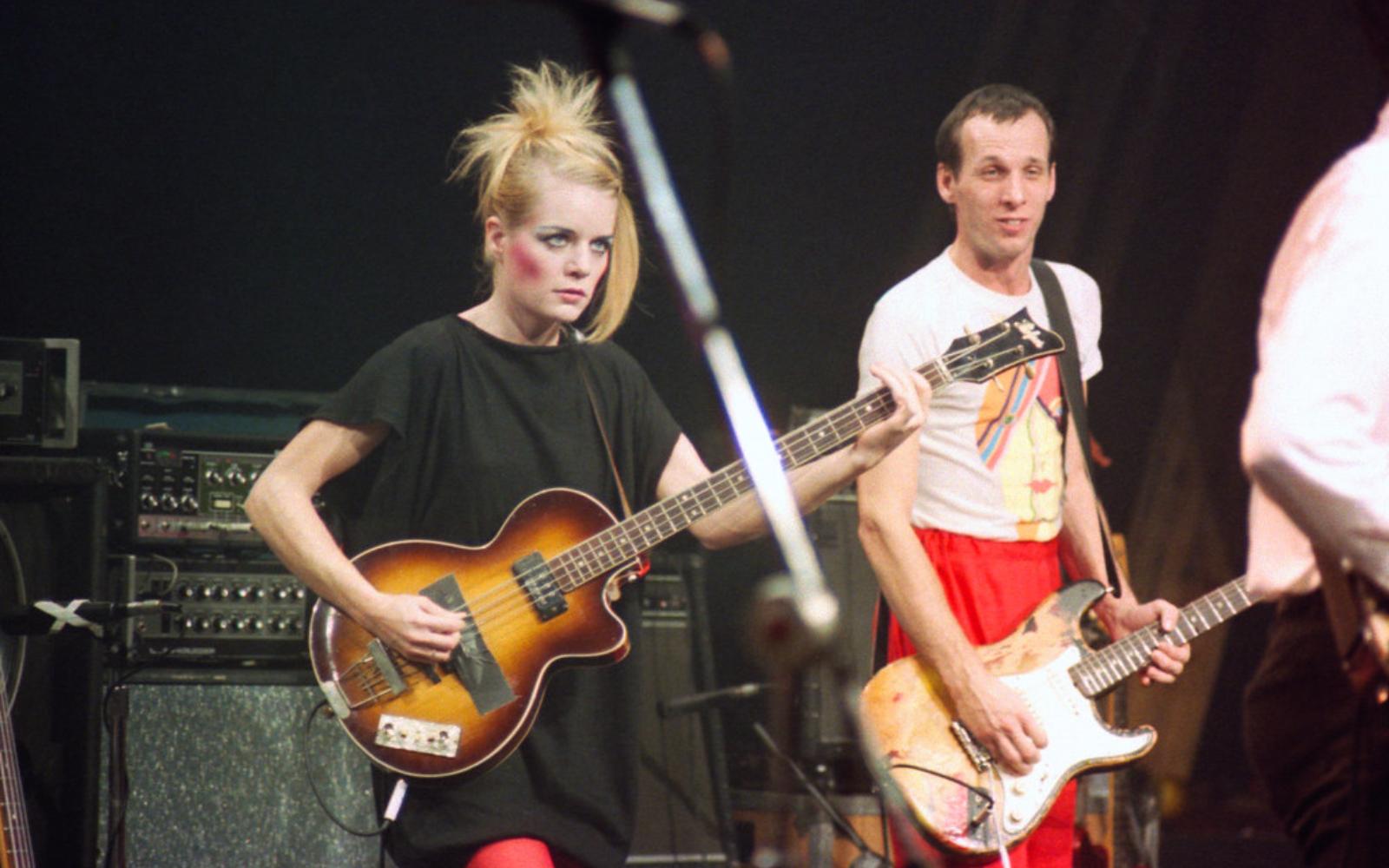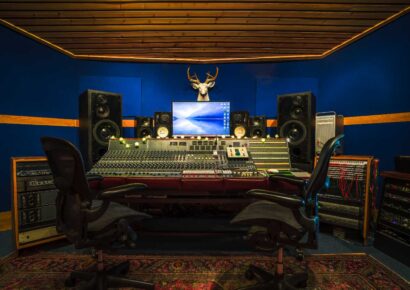Dropping the best 31 inches and below, check out our favourite models in the realm of the short scale bass.
Biggest is not always best. Fellas? Anyway, short-scale bass guitars have a deep history in the music industry and their point of difference is their scale length. Subtracting a few inches results in a different timbre and playing feel thanks to shorter strings and closer frets on the inevitably easier to navigate fretboard.
Here are 10 of the best short-scale basses of all time.
Read up on all the latest features and columns here.
Rob Allen Mouse Bass
The only fretless model to get a mention on this list, the Rob Allen Mouse 30 is the perfect weapon for any jazz bassist looking to experiment with a short scale bass. A piezo pickup installed under the bridge lets you hone in on woody bebop tones, while its 30” scale and lightweight build make the Mouse an easy alternative to your big old cumbersome double bass.
Ashbory Bass
A true oddity of the ‘80s, the Ashbory is a miniature 18” bass that used silicone rubber strings to produce a sub-heavy tone similar to that of a double bass. It may look like a toy, but the Ashbory proved to popular among some low-end theorists, with Tony Levin spreading the instrument’s virtues back when it was released. A weird one, sure, but given the recent success of Kala’s U-Bass, you can’t deny the impact the Ashbory has had in shaping the future of bass design.
Hofner 500/2 Club Bass
Introduced in 1964 as an alternative to their popular 500/1 Violin Bass, the Hofner 500/2 Club boasts a fully hollow body with a 30” scale, resulting in a thumping low-end tone that’s been used on countless classic records. While it’s had its fair share of notable users, there’s no doubting that the most famous Club fan is Tina Weymouth of Talking Heads, who used her 500/2 Club on a number of the band’s best records throughout the ‘70s and ‘80s.
Danelectro Longhorn
Released way back in 1958, the Danelectro Longhorn was one of the earliest short-scale basses to really take off with players, who immediately took to the instrument’s squawky tone and idiosyncratic design. With a diminutive 29.75” neck and two high output lipstick tube pickups, the tone of the Longhorn is totally of its own, and proved to be popular with big name ‘60s bassists like John Entwistle and Jack Bruce, while Prince and Tom Petty have also been spotted playing the Longhorn at various stages in their careers.
Alembic Stanley Clarke Bass
Often renowned as one of the best jazz fusion bassists of all time, Stanley Clarke has used a signature 30.75” Alembic bass for the majority of his illustrious career, receiving his first model all the way back in 1973. Built to Clarke’s personal specs and featuring the unique addition of an inbuilt filter to function as an EQ for both pickups, the Alembic Stanley Clark is fully loaded to tackle all genres under the sun, but be warned: it’s definitely not cheap.
Fender Musicmaster Bass
The funky Fender Musicmaster was a student model sold by the company throughout the ‘70s, making use of a leftover Stratocaster pickup for its shrill midrange tones. While the Musicmaster wasn’t a huge hit with players at the time, it’s now seen as a viable entry into the world of vintage Fender due to famous fans such as Sonic Youth’s Kim Gordon, Talking Heads’ Tina Weymouth and, more recently, Aussie bassists like King Gizzard and the Lizard Wizard’s Lucas Harwood and Eamon Sandwith of The Chats.
Gibson EB-3
Gibson’s short-scale basses are among some of the best the company have ever made – the EB-2 and EB-0 are definitely worth checking out, and the EB-1 is something else in itself entirely – but nothing trumps their excellent EB-3. First introduced in 1964, the 30.75” scale EB-3 handles both sub-heavy low-end and biting midrange with ease, and sounds absolutely monstrous when paired with overdrive or fuzz – as best demonstrated by Cream’s legendary bassist Jack Bruce, who played an EB-3 for the majority of the band’s most celebrated works.
Fender Mustang
Perhaps the most underrated Fender bass of all time, the Mustang is a true pocket rocket, delivering the punchy tones of a Precision Bass in a 30” scale instrument that’s perfect for guitarists looking to make an easy four-string transition. Former Rolling Stones bassist Bill Wyman is a huge fan of the short-scale Mustang, while other prominent users include Thom Yorke, Air’s Nick Goodwin, Tina Weymouth and Justin Meldal-Johnsen, who recently linked up with Fender for his own killer signature Mustang model.
Epiphone Rivoli
A ‘fraternal twin’ of sorts to the EB-2, the Epiphone Rivoli was released shortly after Gibson’s acquisition of Epiphone in 1959, and shared many similarities: both basses featured a hollow body with a centre block, a single ‘mudbucker’ pickup, a ‘choke’ switch to boost bass frequencies and the all-important 30.5” scale. The Rivoli proved to be incredibly popular with several bassists from the UK rock boom of the mid ‘60s, with notable users including The Animals’ Chas Chandler and Jimmy Page during his stint with The Yardbirds, as well as appearing in the hands of The Clash’s Paul Simonon for the band’s ‘London Calling’ music video.
Hofner 500/1 Violin Bass
Honestly, what else did you expect to top this list? You simply cannot make a mention of short-scale basses without bringing up the Hofner 500/1, or as most know it, the Beatle bass. A longtime favourite of Paul McCartney (who still uses the instrument as his primary bass even today), the 30” 500/1 oozes a distinctive low-end tone that’s perfect for melodic, groovy down-picked lines, as heard on ‘Come Together’, ‘Ticket To Ride’ and ‘Day Tripper’, while Kevin Parker of Tame Impala is one of many modern artists to sing its praises. Often imitated but never duplicated, there’s few instruments with a legacy as rich as the Hofner 500/1.
Keep reading about the short-scale bass at Fender.

